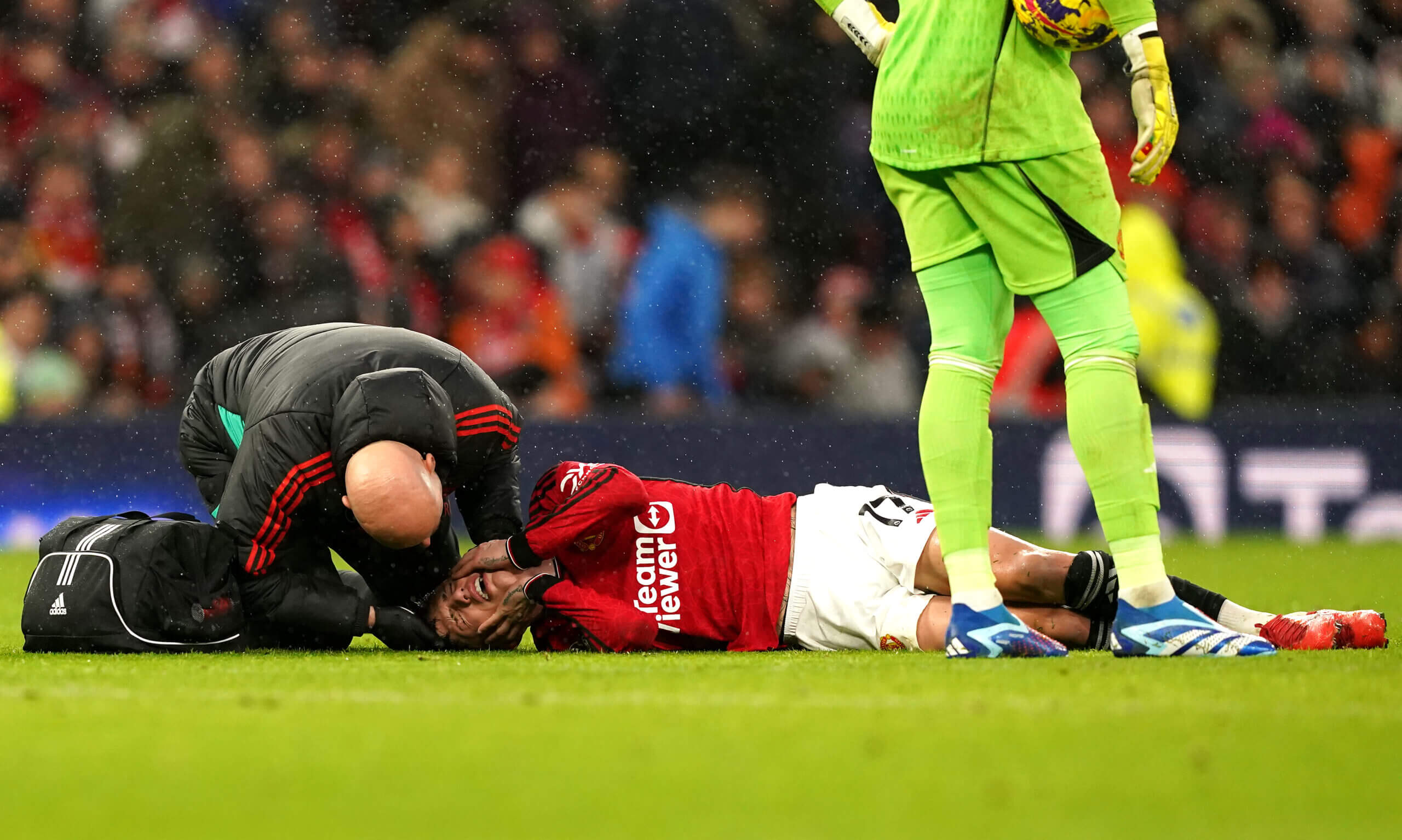Right, so I got involved with helping out my local youth football team a while back. Mostly just setting up cones and shouting encouragement, you know the drill. But then came match days, and things got a bit more complicated, especially with substitutions.

Honestly, at first, it was chaos. We were just trying to give kids fair playing time. Someone would shout, “Sub!”, a kid would run off, another would run on, sometimes from different parts of the pitch. One time, I think we briefly had 12 players on the field because the kid coming off was taking his sweet time. The other team’s coach wasn’t happy, the ref looked stressed. It made me realize I didn’t actually have a clue about the proper procedure. Pretty embarrassing, really, standing there pretending I knew what was going on.
Figuring Out the Actual Rules
So, after that slightly chaotic match, I decided I needed to sort this out. Didn’t want to look like a complete amateur again. I went home and dug out the dusty league rulebook they’d given us at the start of the season. Spent a bit of time actually reading the section on Law 3 – The Players, focusing on the substitution procedure.
Here’s what I basically picked up:
- Inform the Referee: This was the big one we were missing. You can’t just swap players whenever. You gotta let the referee know beforehand. Usually, you tell the fourth official or the assistant referee on the sideline.
- When to Sub: Generally, you can only do it during a stoppage in play – like before a goal kick, after a goal, before a throw-in (but usually only if it’s your throw-in), at half-time. Not usually during open play.
- The Process: The player coming off has to leave the field first. Only then can the substitute enter, and they usually have to do it at the halfway line. Seems simple, but in the heat of the moment, easy to forget.
- Number of Subs: This changes a lot! In the professional games you see on TV, it used to be 3, now it’s often 5 in many leagues, used in maybe three opportunities plus half-time. But for youth football, like the league we were in, it was way more relaxed. They allowed ‘rolling subs’, meaning players could come off and go back on later. Still had to do it properly at the halfway line with the ref’s okay, though.
Putting It Into Practice
Armed with this knowledge, the next game felt different. I made sure I caught the assistant ref’s attention before we wanted to make a change. I specifically told the player coming on to wait until the other player was fully off the pitch. We used the halfway line. It just felt… smoother. Less stressful for everyone, including the kids.
It’s funny, isn’t it? Something that seems so basic, like swapping players, actually has a proper way of being done. Knowing the rules, even the simple stuff, just makes the whole experience better. You feel more in control, and honestly, it shows respect for the game and the officials. Took me messing it up to learn it properly, but hey, that’s how you figure things out sometimes.












